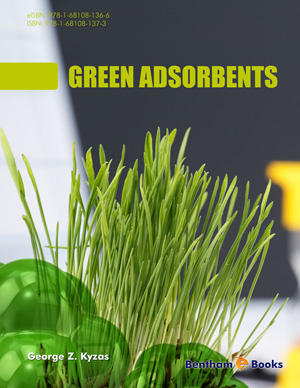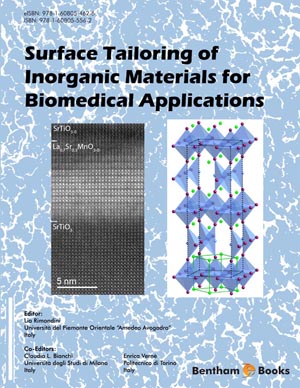Abstract
In this century, the biggest environmental concern is the pollution caused due to the contamination of various industrial discharges. The majority of the liquid discharges contain hazardous and various toxic non-degradable components, which are carcinogenic and cause health hazards. The industrial effluent containing waste dyes, pesticides and pharmaceuticals wastes are the major concern as these wastes bear a substantial quantity of hazardous organic components. Therefore, the relevant processing technologies are warranted to mitigate such issues. In the past four decades, there has been an abundant investigation for adsorptive removal of these waste dyes and other organic pollutants using numerous sorbents, including charcoal, activated carbon, clay materials, organic extracts of the plants, nano-materials and many others. However, with the development of various activated carbon in due course of time with the perspective of process economy and effective adsorption behavior for removing these organic pollutants, there has been a tremendous focus and growing interest for their utilization in this domain. The sources of waste pollutants, development of activated adsorbents, fundamental characteristics properties of the adsorbent, sorption studies on removal of these adsorbent, sorption mechanism including sorption kinetics, isotherm and thermodynamics on the interaction of activated adsorbent with organic pollutant and future perspective are comprehensively discussed and reported.
Keywords: Activated Sorbent, Isotherm, Kinetics, Organic pollutants, Sorption, Thermodynamics.









